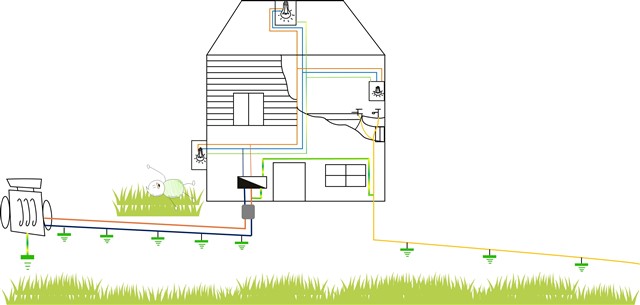In the September issue of Wiring Matters e-newsletter, one of the articles looks at the case of 'Colin', a recently qualified electrician carrying out a safe isolation procedure. Unfortunately for Colin, he makes an oversight which leads to him receiving an electric shock.
Read the article here and let us know what would have been your safe method of working for the job Colin had.

